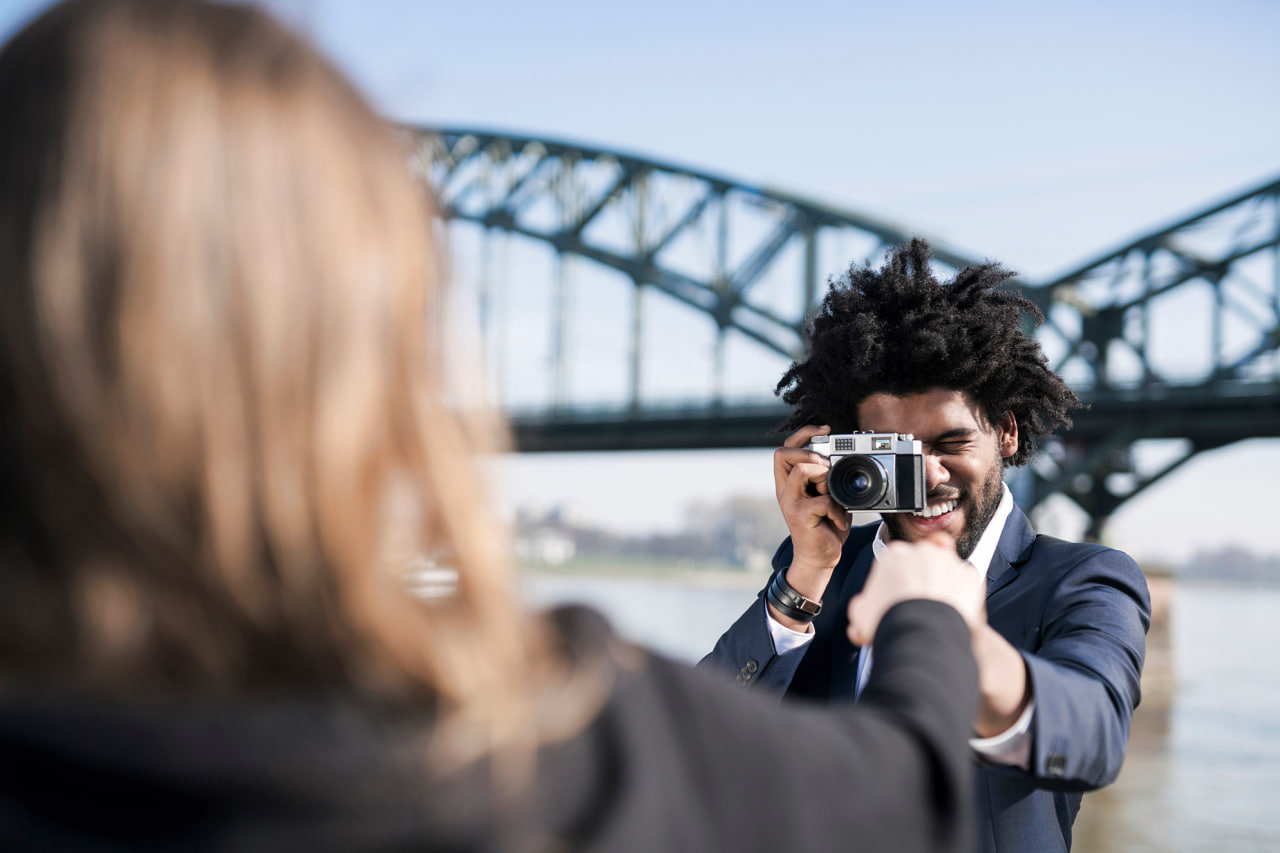Top 10 Photography Mistakes Beginners Make — and How to Avoid Them
Learning photography is a rewarding journey, but like any creative skill, beginners often run into common challenges. Recognizing and correcting these mistakes early can save you frustration and dramatically improve your results. Whether you’re just starting with a DSLR or using a smartphone, this guide will help you avoid the pitfalls many new photographers face.
Shooting in Auto Mode All the Time
Auto mode might feel safe, but it takes control away from you. It prevents you from learning how light, focus, and exposure actually work. Manual, aperture priority, and shutter priority modes allow you to grow creatively and technically.
Instead of relying on auto mode, start experimenting with semi-manual settings. Aperture priority is a good middle ground, giving you control over depth of field while letting the camera handle shutter speed.
Ignoring Composition
Many beginners center every subject and forget to think about the entire frame. A great photo isn’t just about what you shoot but how you arrange the elements within the shot.
Learn the rule of thirds, use leading lines, and pay attention to background distractions. Move your feet, change angles, and try different framing to create more compelling compositions.
Not Focusing on the Eyes in Portraits
In portrait photography, the eyes are where the viewer naturally looks first. Blurry or soft eyes can ruin an otherwise great image.
Use single-point autofocus and aim directly at the subject’s eye. A wide aperture like f/2.8 can give a beautiful depth of field, but be careful—the focus needs to be precise at such shallow depths.
Using the Wrong Shutter Speed
Blurry photos often result from slow shutter speeds, especially in low-light situations or when capturing motion.
A good rule of thumb is to use a shutter speed at least equal to your lens’ focal length (e.g., 1/50 for a 50mm lens). Use faster shutter speeds for moving subjects and consider using a tripod or image stabilization when needed.
Forgetting to Check the Background
It’s easy to focus so much on your subject that you forget to notice what’s behind them. Distracting backgrounds, unwanted objects, or bright spots can take attention away from the subject.
Take a second before you press the shutter to scan the entire frame. Move your subject or yourself slightly if something in the background doesn’t work.
Overediting or Using Heavy Filters
While editing is part of modern photography, beginners sometimes rely too much on filters or push adjustments too far. Oversaturated colors, excessive contrast, or artificial blur can make a photo look unnatural.
Aim for subtle improvements when editing. Adjust exposure, contrast, sharpness, and color balance to enhance the photo without changing its essence. Less is often more.
Not Paying Attention to Lighting
Lighting is one of the most critical aspects of photography. Shooting in harsh midday sun can create unwanted shadows and overexposed highlights, while shooting in low light without proper settings can lead to noise and blur.
Try to shoot during golden hour (shortly after sunrise or before sunset) for soft, warm light. Understand how natural and artificial light affects your subject, and adjust your position accordingly.
Ignoring White Balance
Leaving your white balance on auto can sometimes lead to unnatural color tones, especially in mixed lighting conditions.
Learn how different white balance settings affect color temperature. Use presets like daylight, cloudy, or tungsten based on the environment. You can also shoot in RAW and adjust white balance later during editing.
Not Learning from Mistakes
It’s common to feel discouraged by poor results, but every mistake is a learning opportunity. Many beginners delete bad photos immediately, missing the chance to understand what went wrong.
Instead of deleting them, review the camera settings, lighting, and composition. Analyze your work critically and use your mistakes to grow. With practice, these missteps will become valuable lessons.
Giving Up Too Soon
Photography takes time to master. Many beginners get frustrated when their photos don’t look like what they see online or in their heads. Progress can feel slow, but persistence is key.
Stay consistent, practice often, and focus on improving one aspect at a time. Celebrate small wins, and remember that every great photographer started where you are.

